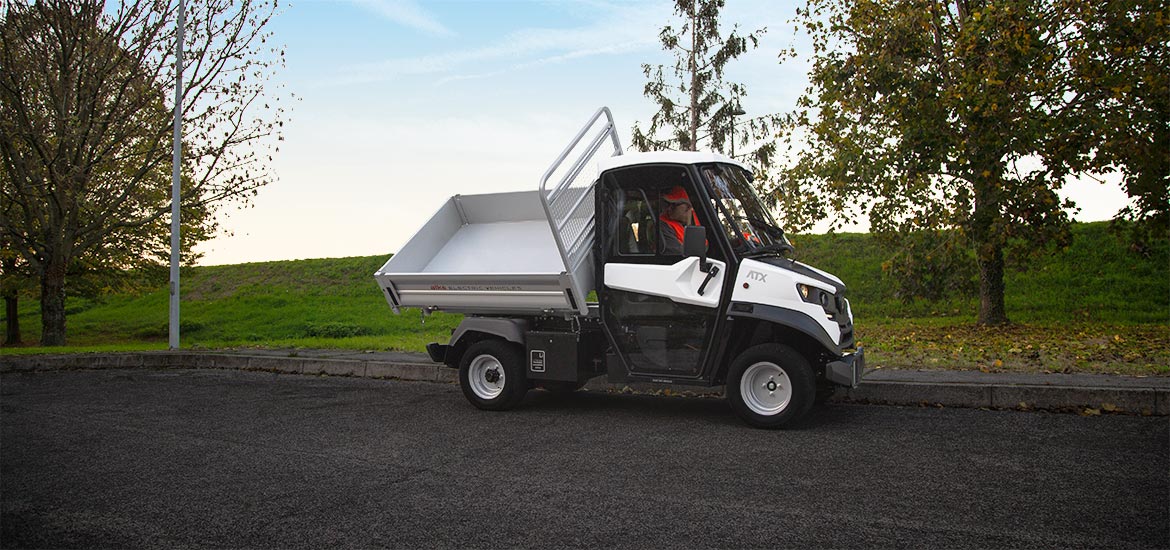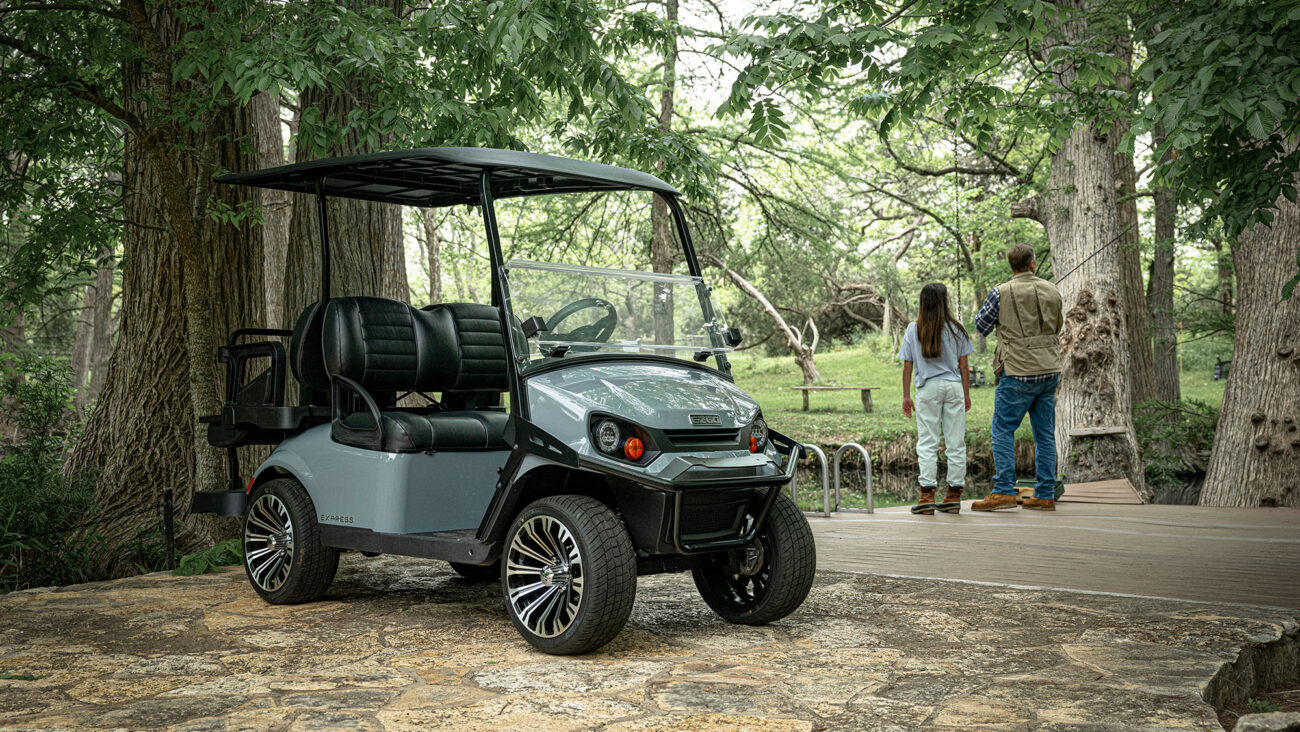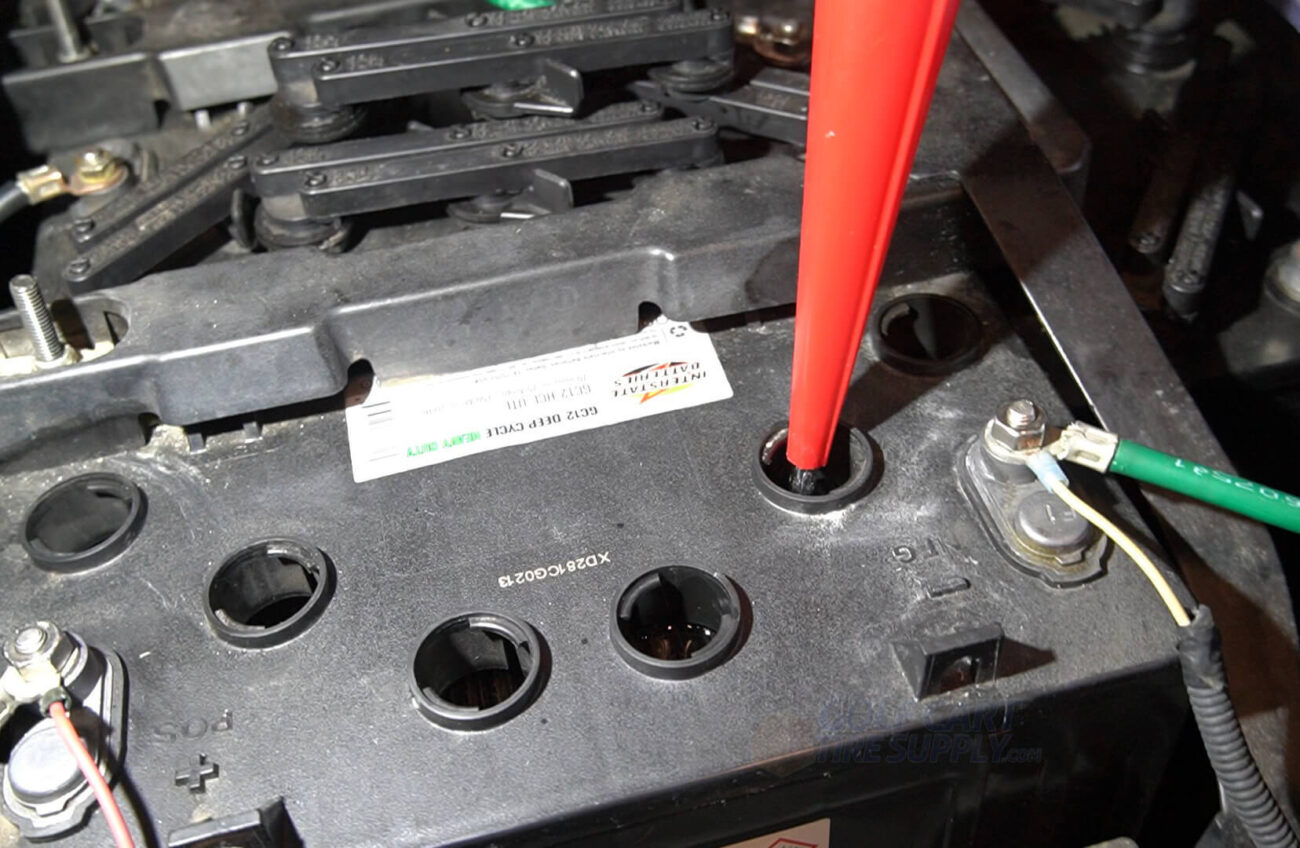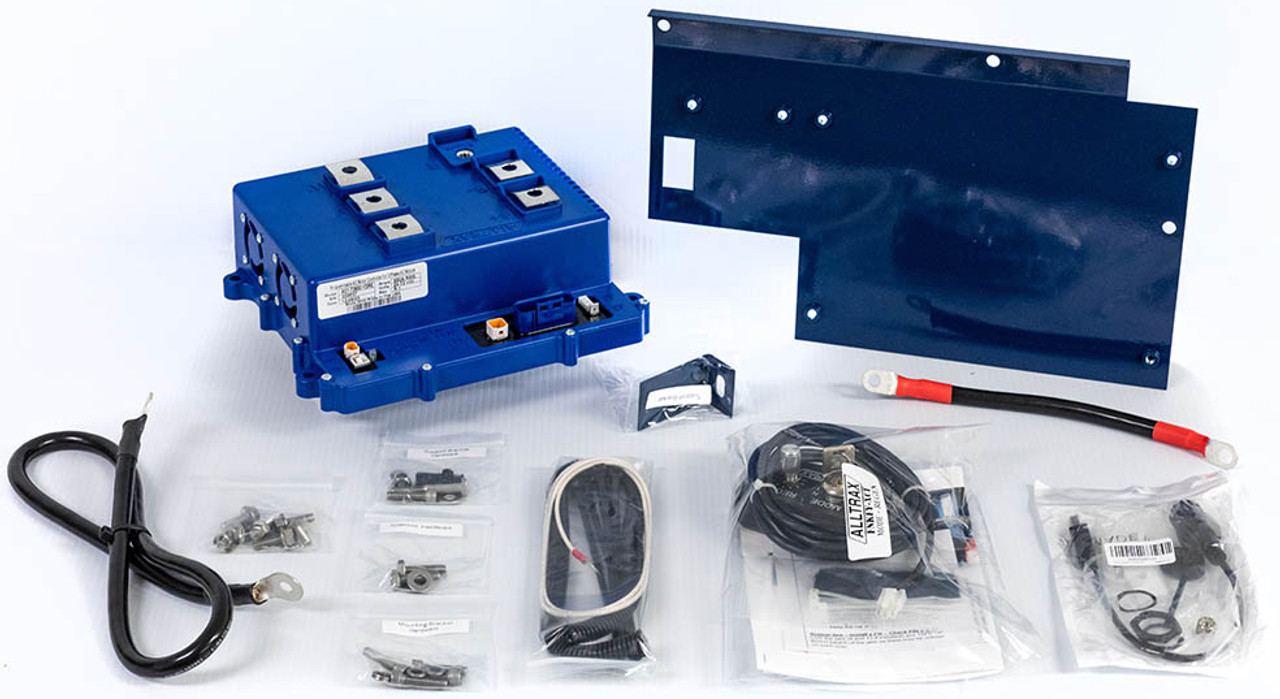
On Which Road Would a Low Speed Vehicle Be Permitted
Learn where low speed vehicles can legally operate, what defines them, and how different U.S. states regulate their use on public roads.
What Is a Low Speed Vehicle?
A low speed vehicle (LSV) is a four-wheeled electric or gas-powered vehicle designed for use on roads with limited speed. By U.S. federal standards, an LSV has a top speed of 20 to 25 mph and must include safety features such as seat belts, headlights, taillights, turn signals, mirrors, and a windshield. These vehicles are most commonly used in residential neighborhoods, golf communities, college campuses, and resort areas.
Where Are Low Speed Vehicles Allowed to Drive?
LSVs are permitted on public roads with a posted speed limit of 35 mph (56 km/h) or less. This limitation ensures that these vehicles operate safely among regular traffic without being exposed to high-speed collisions. While they can legally cross roads with higher speed limits, they cannot travel on them for extended distances.
In addition to standard public roads, LSVs are also often permitted in areas such as:
- Gated communities
- Retirement villages
- Urban centers with traffic-calming zones
- University and college campuses
- Resort and hotel properties
State Regulations for Low Speed Vehicles
Although federal guidelines provide the foundation for LSV classification and safety features, each U.S. state may have its own additional laws and restrictions regarding their use. Below are some examples of how different states handle LSVs:
California
In California, LSVs must be registered with the Department of Motor Vehicles and carry insurance. Drivers must have a valid driver’s license, and the vehicle may only be operated on roads with speed limits of 35 mph or below. Local governments may impose additional restrictions.
Florida
Florida allows LSVs on roads with speed limits of 35 mph or lower and requires full registration, insurance, and license plates. Operators must hold a valid driver’s license. Additionally, some beach and retirement communities in Florida actively encourage LSV use.
Texas
In Texas, LSVs are defined under the Transportation Code and must meet specific safety and equipment standards. Local jurisdictions have the authority to regulate or prohibit LSVs on certain roads, even if speed limits meet the 35 mph requirement.
Arizona
Arizona permits LSVs on roads with a posted speed limit of 35 mph or less and mandates that all LSVs be registered, insured, and titled. Drivers must be licensed. Local ordinances may further restrict use.
New York
New York is more restrictive, allowing LSVs only under certain pilot programs or within private communities. As of now, statewide use of LSVs on public roads is very limited compared to other states.
Important Considerations Before Driving an LSV
If you're considering purchasing an LSV, make sure to check the following before operating it on public roads:
- Confirm your vehicle is compliant with federal and state safety requirements.
- Verify that your roadways fall under the 35 mph rule.
- Check with your local Department of Motor Vehicles or municipal office for any city-specific regulations.
- Ensure the vehicle is properly registered and insured in your state.
Conclusion
Low speed vehicles offer a safe, eco-friendly transportation solution for local commuting and community driving. While they cannot be used on highways or roads above 35 mph, they are ideal for daily errands, golf course travel, or neighborhood cruising. Always check state and local laws to ensure you're using your LSV legally and safely.





Add a review
Your email address will not be published. Required fields are marked *